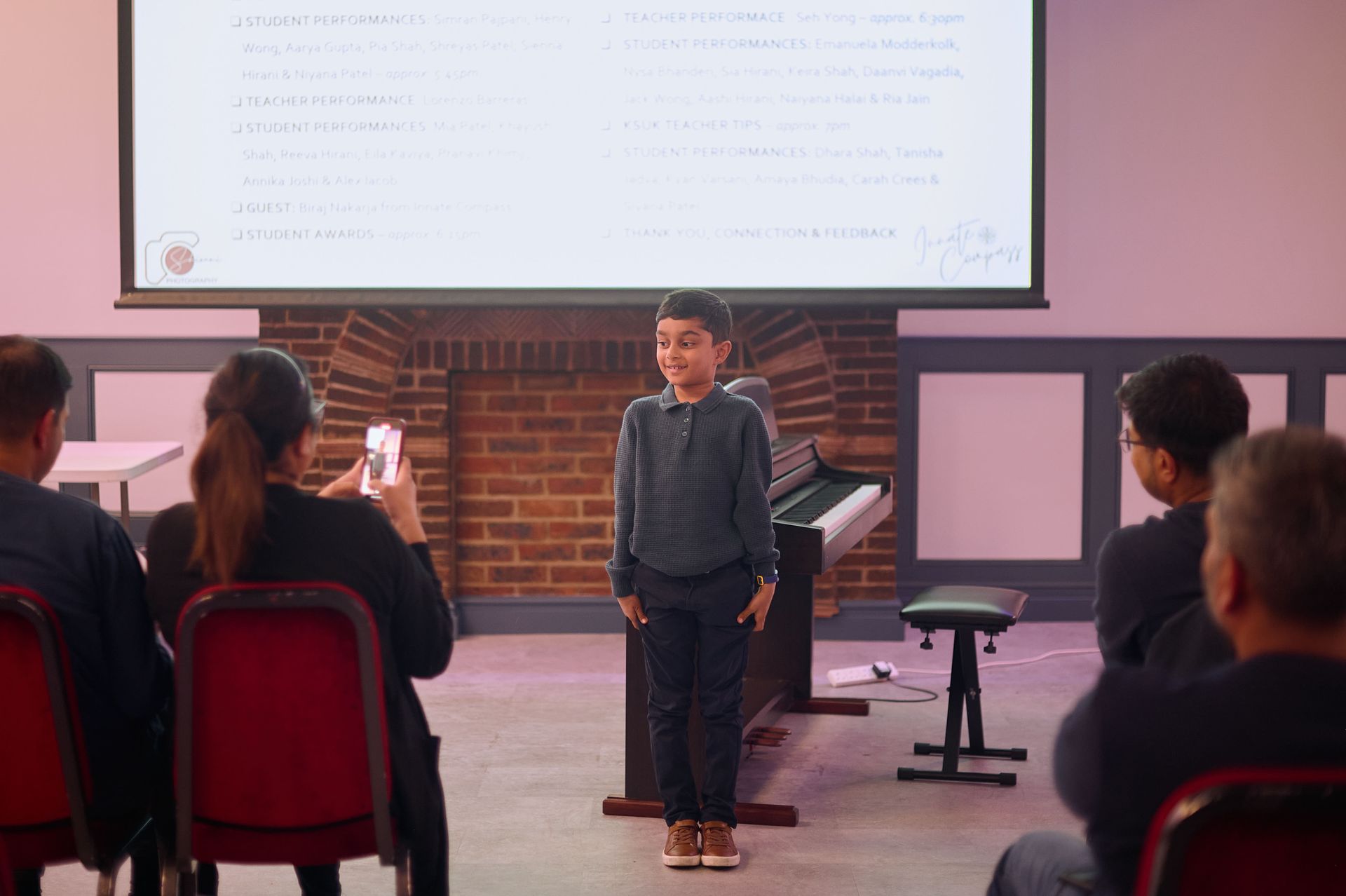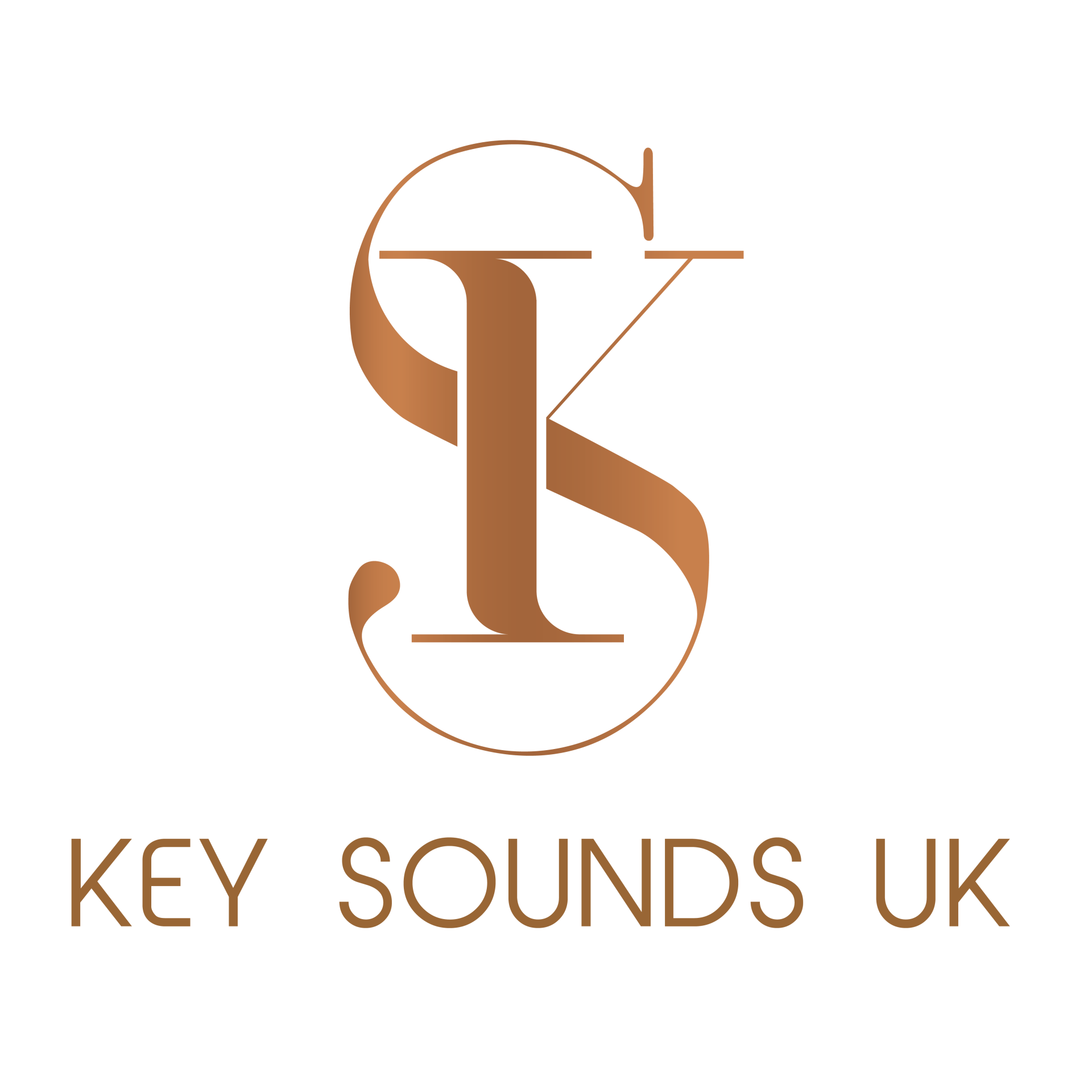Practicing versus Playing the Piano
What’s the difference between ‘playing’ and ‘practicing’ the piano? Is one better than the other?
Often we see students doing a mixture of both.
When we ‘play’ the piano this means we are playing through your songs and exercises from start to finish. This can be useful before a performance or at the start or end of your practice session. Solely ‘playing’ isn’t productive if you are looking to improve with your technique and to play the songs you love to a high standard.
When we ‘practice’ the piano this means, we are actively choosing to play the difficult sections and musical elements. Some examples of these are: octave jump, moving from sharp to natural, trills, counts and rhythms. In the long run this is a productive way to practice your piano as you will grasp the techniques well enough to learn how to play the pieces you love at a faster rate!
Scenario
Monday, 8am-8:45am you are sitting at your piano and your lesson notes advise you to work on bar 3 and 4 dynamic changes. ‘Dynamics’ means volume. The volume changes in bars 3 and 4 are marked as quiet. This means we would press the keys lightly.
Example of Playing
8am-8:45am you play the song from start to finish. – at this stage of your journey this can work well to check off the box but a more productive way would be to practice in order to add in the volume changes and create interest within the piece.
Example of Practicing
8-8:45am you focus on playing bars 3 and 4 as quietly as you possibly can. You repeat this correctly 5-10 times in a row until this feels easy and natural. This would be a productive practice session and the piece is now on its way to sound like a performance.
Example of a combination of Playing and Practicing
8-8:30am you focus on playing bars 3 and 4 as quietly as you possibly can. You repeat this correctly 5-10 times in a row until this feels easy and natural.
8:30am-8:45am you play the song from start to finish and include the quieter section in bars 3 and 4.
This method works well if you have been able to practice the section you were struggling on within the given time frame. If not, keep on practicing until you have truly mastered the element you have been struggling on. Then try to play slightly more of the section or piece.
Remember that when you are trying out these hacks to look at them little and often but also be patient with yourself. If you wish to know more about these hacks and resources, feel free to take a look around our website or connect with us directly!



